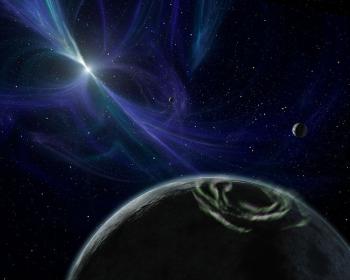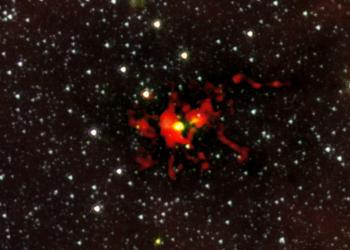A star is a large luminous sphere of plasma held together by gravity. The star that is most near the earth is the Sun. The Sun is the Earth’s main source of energy. Other stars are visible from the Earth in the night. Historically, the most prominent stars were grouped together into constellations and asterisms. Today extensive cataloged of stars have been assembled by astronomers. This provides standardized star designations.
The formation of a star begins with gravitational instability within a molecular cloud. This is caused by regions of higher density that triggered by shack waves from a nearby supernovae, the collision of different molecular clouds or the collision of galaxies. Once the region reaches Jeans instability, it begins to collapse under its own gravitational force. When the cloud collapses, individual conglomerations of dense dust and gas form Bok globules. The density increases and the gravitational energy is converted into heat. When the cloud has reached a stable condition of hydrostatic equilibrium, a protostar forms at the core.
Stars shine for a number of reasons. For a portion of their life stars shine due to thermonuclear fusion of hydrogen into helium in its core. It releases energy that traverses the star’s interior and radiated into outer space. Once the hydrogen is exhausted, all naturally occurring elements heavier than helium are created. This happens through stellar nucleosynthesis or by supernova nucleosynthesis. At the end of a star's life it contains a proportion of degenerate matter.
Binary and multi-star systems are systems of two or more stars that are gravitationally bound. They generally move around each other in stable orbits. Their gravitational interactions can have a significant impact on their evolution. These systems of stars can be part of a larger gravitationally bound structure like a star cluster or galaxy.
Historically, stars have played an important role to civilization throughout the world. Stars have been a part of religion, celestial navigation and orientation. Calendars and agricultural practices were also based on the motion of the sun against the background of the stars.
© BrainMass Inc. brainmass.com June 29, 2024, 11:32 am ad1c9bdddf


